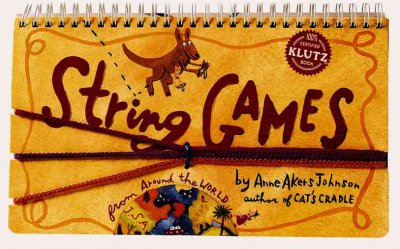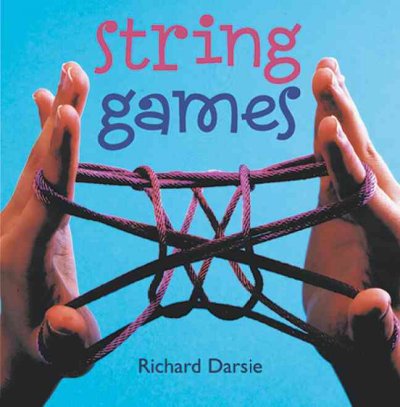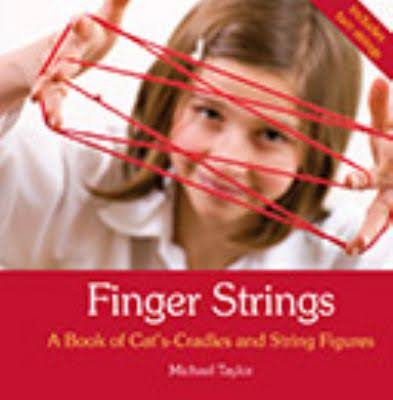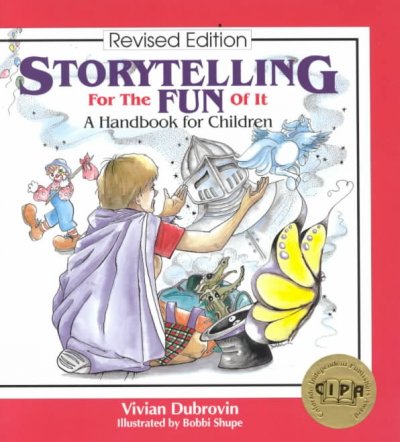String figures are patterns made by weaving string between your hands (and even feet and mouth!). You may have heard of Cat’s Cradle, but you may not know that this art form has been around for a long time. In fact, many cultures around the world practiced string figures either for amusement, religious meanings, magic, or storytelling. The Navajo and Apache tribes made figures from their everyday lives: stars, storms, teepees, and rabbits among others.
What you will need:
- 4-5 feet of string. Could also use yarn or even a shoelace. Tie a knot to create a loop.
- Your hands
- A helping hand from your grownup
Here’s What You Do:
Let’s start easy with cats cradle.
Let’s weave a mosquito next. Don’t worry if you don’t get it the first time, it’s meant to be a challenge. Watch and re-watch the video as needed.
String figures are important in oral storytelling. What story can you tell with your mosquito?
Extension activity
Invite a friend. Not all string figures and games need to be solo. For the next string activity, we’re going to play a game. Find a partner to help you in hand trap.
“The Why” Behind the Activity
Weaving string figures helps us improve finger dexterity and spatial reasoning. String figures also lend itself well as an illustrative component of storytelling. Best of all, there is a great sense of accomplishment and fun.
Check out these books for more string fun and storytelling techniques
String Games from Around the World by Anne Akets Johnson
String Games by Richard Darsie
Finger Strings A Book of Cat’s-Cradles and String Figures by Michael Taylor
Storytelling for the Fun of It: A Handbook for Children by Vivian Dubrovin





